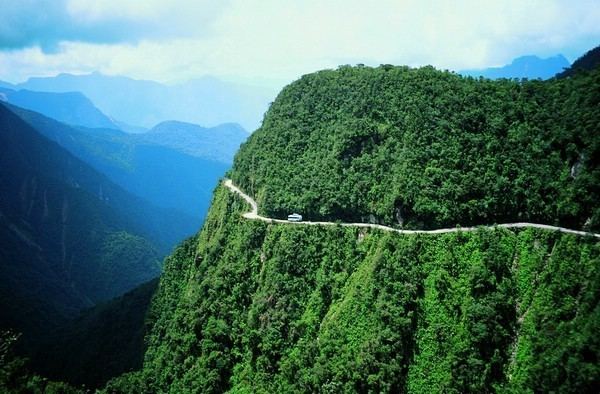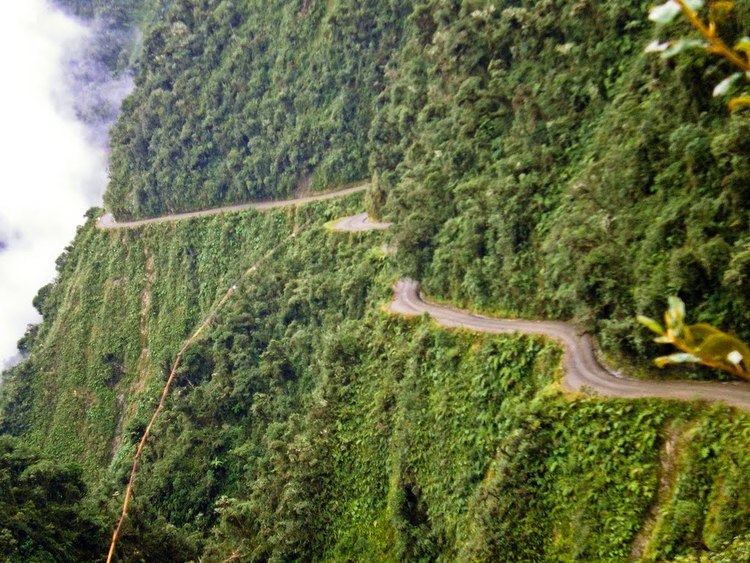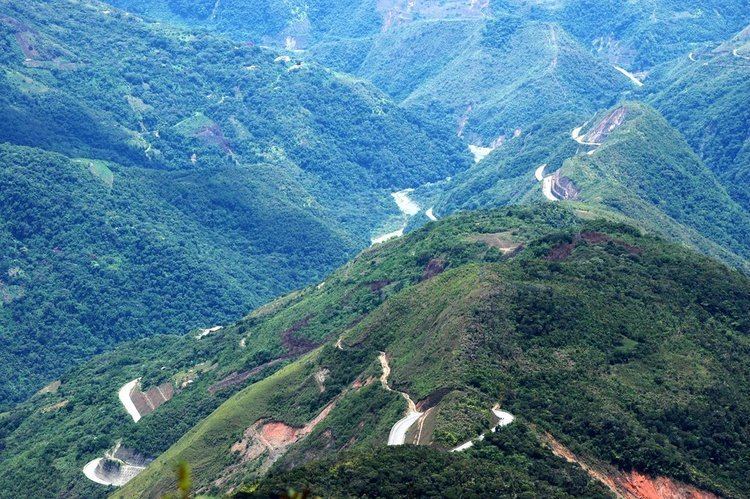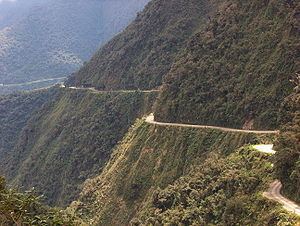Area 90,500 km² | ||
 | ||
Biome Tropical and subtropical moist broadleaf forest Borders Southwest Amazon moist forestsPeruvian YungasCentral Andean wet punaBolivian montane dry forestsCentral Andean punaChacoChiquitano dry forests Similar Madidi National Park, Illimani, Cotapata National Park and, Mururata, Amboró National Park | ||
The Bolivian Yungas is a tropical and subtropical moist broadleaf forest ecoregion in the Yungas of central Bolivia and eastern Peru.
Contents

Setting

The ecoregion occurs in elevations ranging from 400 to 3,500 metres (1,300 to 11,500 ft) on the eastern slopes of the Andes in Bolivia. It forms a transition zone between the Southwest Amazon moist forests to the northeast and the Central Andean puna and wet puna to the southeast.
Climate

The climate in this ecoregion varies from tropical rainforest to tropical monsoon. Fog and rain deposited by northern trade winds contribute to the high humidity and precipitation of the Yungas.
Flora
Epiphytes are abundant and include bromeliads, orchids, and tree-ferns (Cyathea). Chusquea bamboo is an indicator species of the ecoregion.
Fauna
Mammals found in this ecoregion include the spectacled bear (Tremarctos ornatus), Geoffroy’s cat (Leopardus geoffroyi), lowland tapir (Tapirus terrestris), jaguar (Panthera onca), pacarana (Dinomys branickii), and brocket deer (Mazama chunyi).
Interesting bird species include the diademed tapaculo (Scytalopus schulenbergi), green-capped tanager (Tangara meyerdeschauenseei), and southern helmeted curassow (Pauxi unicornis).
Natural areas
Steep terrain, high precipitation, and difficult access have kept much of this ecoregion in a natural state. Protected areas include:
